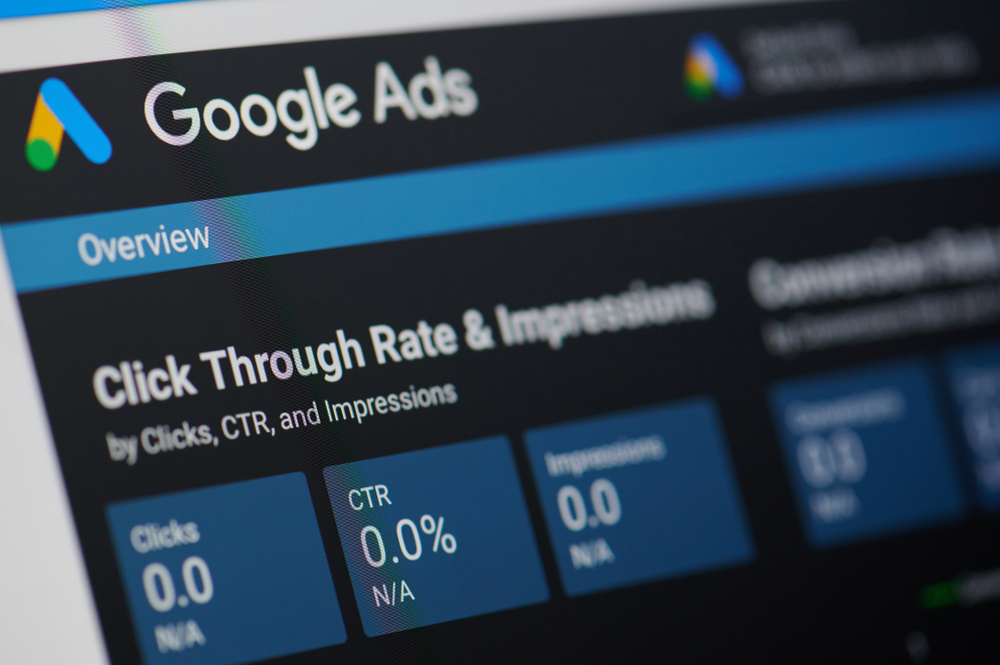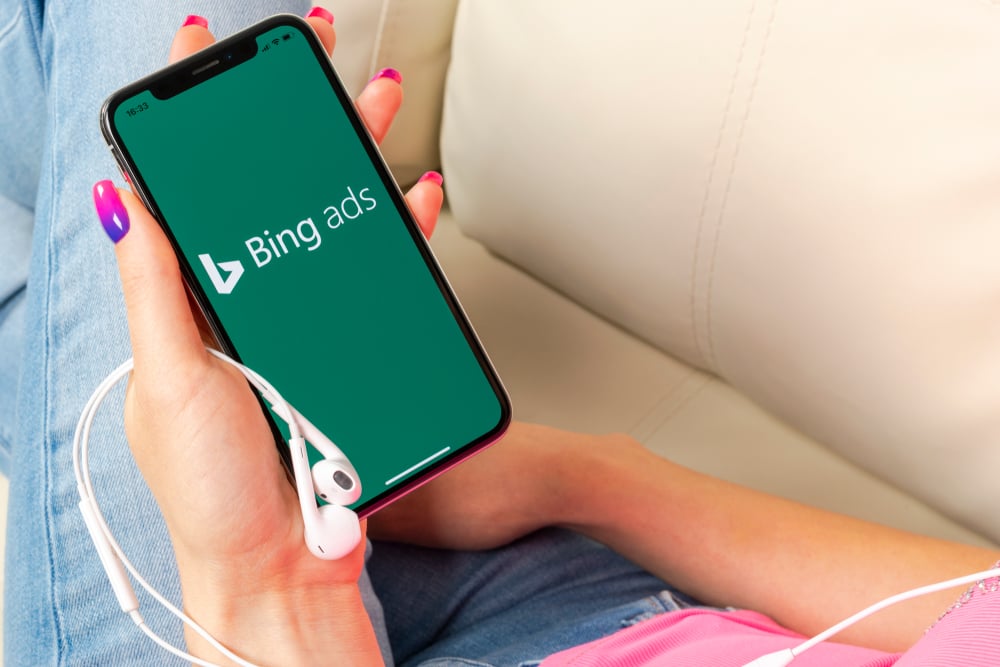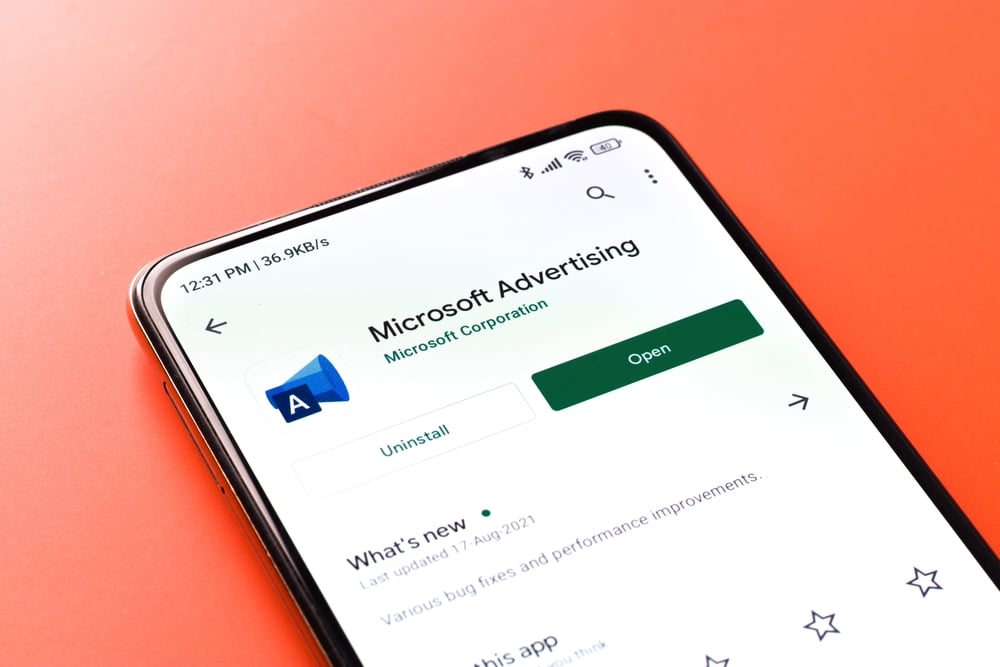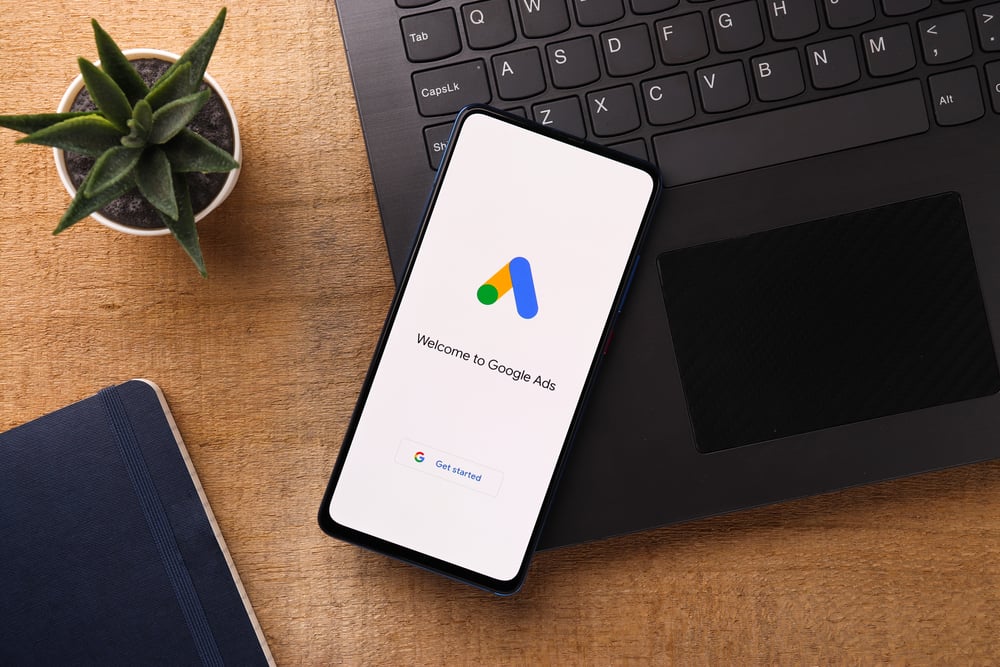Google Ads vs. Microsoft Ads: Navigating the Changing Landscape

In the world of digital advertising, Google Ads and Microsoft Ads have long been the top contenders for businesses looking to reach their target audience online. With distinct features and strategies, understanding the trends and shifts in these platforms is crucial for optimizing ad campaigns and maximizing ROAS.
Let's jump into the evolving landscape of Google Ads vs. Microsoft Ads and how businesses can adjust their strategies accordingly.
Where We Were: Bing Ads and Google Ads
Previously known as Bing Ads, Microsoft Ads occupied a smaller portion of the search engine market than Google Ads, with Google dominating at 90% and Microsoft trailing at 10%.
However, Microsoft Ads offered some unique advantages, such as aggregately cheaper clicks and a potentially less competitive environment based on the target market. While Google Ads tended to have tighter targeting, Microsoft Ads provided a broader, albeit sometimes less precise, reach.
In the early days, Bing Ads and their network provided an opportunity to target an older, more lucrative audience. However, over the last few years, with the increase in AI and an influx of younger users utilizing Bing and Yahoo, these trends have started to change.

Where We Are Now: Microsoft Ads and Google Ads
While nowhere close to exact parity, in recent years, Microsoft has rebranded its advertising platform as Microsoft Ads, signaling a shift towards a more comprehensive marketing ecosystem. Simultaneously, Google has been moving towards a signal-targeted world, focusing on user intent and behavior rather than just keywords. Microsoft has followed suit, adapting its algorithms to align with these changes.
One significant adjustment is that advertisers cannot opt out of placements or partner networks on Microsoft Ads, which may affect campaign strategies and performance tracking. Additionally, the search volume split has moved closer to an 80% Google and 20% Microsoft distribution, indicating a gradual but notable increase in Microsoft's search share.
Despite its earlier underdog status, Microsoft Ads has experienced a revenue boost and moved closer to equilibrium with Google Ads in terms of cost-per-click (CPC), again depending on the target audience and industry. This leveling of the playing field presents new opportunities for advertisers to explore alternative channels and diversify or balance their ad spending while maintaining a healthy return.

How We Adjust: Strategies for Success
As the dynamics between Google Ads and Microsoft Ads evolve, businesses must adapt their advertising strategies to stay competitive. Here are some key considerations for navigating this changing landscape:
1. Balancing Ad Dollars
With more young people using Bing as their preferred search engine, it's essential to reassess the allocation of ad dollars between Google and Microsoft Ads. While Google may still dominate in terms of overall search volume, tapping into the growing audience on Microsoft Ads can yield significant returns, especially in niche markets.
2. Optimizing for Signals
The shift towards signal-targeted advertising means less reliance on specific keywords and more emphasis on user intent and behavior. By leveraging data analytics and audience insights, advertisers can create more personalized and relevant ad experiences across both Google and Microsoft Ads platforms. This starts with accurate attribution, conversion, and revenue tracking.
3. Embracing Automation
Both Google and Microsoft Ads offer automated bid strategies focusing on conversion signals. By leveraging machine learning algorithms, advertisers can optimize their bids in real time to maximize ROI and improve campaign performance. Embracing automation allows businesses to streamline advertising efforts and allocate resources more efficiently.
4. Adopting a Google-First Approach
Given the similarities in search trends between Google and Microsoft, keeping a Google-first approach and then importing campaigns to Microsoft Ads can streamline campaign management and ensure consistency across platforms. This approach allows advertisers to leverage existing data and insights to quickly adapt their strategies to Microsoft's ecosystem.
Embracing the Evolution of Google Ads vs. Microsoft Ads
In conclusion, the competition between Google Ads and Microsoft Ads continues to shape the digital advertising landscape. While Google remains the dominant player, Microsoft Ads has undergone significant transformations and emerged as a viable alternative for advertisers seeking to diversify their online presence.
By understanding the trends and adjusting their strategies accordingly, businesses can capitalize on the opportunities presented by both platforms and achieve greater success in their digital advertising campaigns.

Elevate Your Advertising with Evenbound
If you’re looking for assistance navigating the complexities of digital advertising across various platforms, Evenbound offers tailored solutions to meet specific advertising needs. With expertise in Google Ads and Microsoft Ads, Evenbound can provide strategic guidance, campaign management, and optimization to ensure maximum ROI and effective targeting across multiple channels.
Whether enhancing brand visibility, driving traffic, or increasing conversions, Evenbound's dedicated team is equipped to deliver results and elevate your advertising efforts to new heights. Let’s get started today!




.png?width=352&name=How%20to%20Link%20Google%20My%20Business%20to%20Google%20Ads%20(1).png)